Time for our afternoon sightseeing.
The Ezana Stone or also known as the Trilingual Tablet.
On the way up to the tombs of Kings Kaleb and Gebre Meskel, you'll pass a little shack containing a remarkable find which three farmers stumbled upon in 1988: an Ethiopian version of the Rosetta Stone. The pillar, inscribed in Sabaean, Ge’ez and Greek, dates from between AD 330 and AD 350 and records the honorary titles and military victories of the king over his 'enemies and rebels’. One section of script thanks the God of War, thus placing the stone’s age before Ezana’s conversion to Christianity.
http://www.lonelyplanet.com/ethiopia/northern-ethiopia/aksum/sights/landmarks-monuments/king-ezana-s-inscription#ixzz3R1At2fvZ
The Ezana stone is an artifact from the ancient Kingdom of Aksum. It is a stone monument which documents the conversion of King Ezana to Christianity and his subjugation of various neighboring areas, including Meroë.
From AD 330 to 356, King Ezana ruled the ancient Aksumite kingdom in the Horn of Africa. He fought against the Nubians and recorded his victories on stone written in Ge'ez (the ancient Eritrean/Ethiopian language), Sabaean (South Arabian) and Greek praising God for his victories. His carvings in stone provided a trilingual monument in different languages, similar to the Rosetta stone.
The Ethiopian Orthodox Tewahedo Church had its beginnings during this period. Rufinus's Ecclesiastical History narrates that Saint Frumentius, a slave and tutor for the very young King, converted him to Christianity. Towards the end of his reign, King Ezana launched a campaign against the Kushites around 350 which brought down the Kingdom of Kush. Various stone inscriptions written in Ge'ez (using the Ge'ez script) have been found at Meroë, the central city of the Kushites. Thanks Mr Wikipedia.
Ezana Stone Inscription
Friday, January 09, 2015
 Axum, Tigray, Ethiopia
Axum, Tigray, Ethiopia
Other Entries
-
116Bet Mercurios
Jan 054 days prior Lalibela, Ethiopiaphoto_camera29videocam 0comment 0
Lalibela, Ethiopiaphoto_camera29videocam 0comment 0 -
117Bet Emanuel / Amanuel
Jan 054 days prior Lalibela, Ethiopiaphoto_camera37videocam 0comment 0
Lalibela, Ethiopiaphoto_camera37videocam 0comment 0 -
118Bet Abba Libanos
Jan 054 days prior Lalibela, Ethiopiaphoto_camera73videocam 3comment 0
Lalibela, Ethiopiaphoto_camera73videocam 3comment 0 -
119HIGHLIGHTS Mon 5 Jan: Lalibela Sth Eastern Church
Jan 054 days prior Lalibela, Ethiopiaphoto_camera145videocam 4comment 0
Lalibela, Ethiopiaphoto_camera145videocam 4comment 0 -
120Ethiopia’s Swiss Alps?
Jan 063 days prior Woldia, Ethiopiaphoto_camera127videocam 0comment 0
Woldia, Ethiopiaphoto_camera127videocam 0comment 0 -
121Barren Road To Mekelle
Jan 063 days prior Mek’elē, Ethiopiaphoto_camera42videocam 0comment 0
Mek’elē, Ethiopiaphoto_camera42videocam 0comment 0 -
122HIGHLIGHTS Tues 6 Jan: Lalibela > Mekele
Jan 063 days prior Mek’elē, Ethiopiaphoto_camera101videocam 0comment 0
Mek’elē, Ethiopiaphoto_camera101videocam 0comment 0 -
123Abreha We Atsbeha
Jan 072 days prior Abraha Atsbeha, Ethiopiaphoto_camera87videocam 0comment 0
Abraha Atsbeha, Ethiopiaphoto_camera87videocam 0comment 0 -
124Gheralta Lodge
Jan 072 days prior Hawzēn, Ethiopiaphoto_camera20videocam 0comment 0
Hawzēn, Ethiopiaphoto_camera20videocam 0comment 0 -
125Giyorgis Maikado Church
Jan 072 days prior Hawzēn, Ethiopiaphoto_camera60videocam 0comment 0
Hawzēn, Ethiopiaphoto_camera60videocam 0comment 0 -
126HIGHLIGHTS Wed 7 Jan: Mekele > Hawzien
Jan 072 days prior Hawzēn, Ethiopiaphoto_camera78videocam 0comment 0
Hawzēn, Ethiopiaphoto_camera78videocam 0comment 0 -
127Tihiio For Lunch
Jan 081 day prior Ādīgrat, Ethiopiaphoto_camera57videocam 0comment 0
Ādīgrat, Ethiopiaphoto_camera57videocam 0comment 0 -
128Yeha
Jan 081 day prior Yeha, Ethiopiaphoto_camera79videocam 0comment 0
Yeha, Ethiopiaphoto_camera79videocam 0comment 0 -
129HIGHLIGHTS Thurs 8 Jan: Yeha
Jan 081 day prior Axum, Ethiopiaphoto_camera73videocam 0comment 0
Axum, Ethiopiaphoto_camera73videocam 0comment 0 -
130Stelae Field
Jan 09earlier that day Axum, Ethiopiaphoto_camera65videocam 0comment 0
Axum, Ethiopiaphoto_camera65videocam 0comment 0 -
131Cathedral of Tsion Maryam
Jan 09earlier that day Axum, Ethiopiaphoto_camera44videocam 0comment 0
Axum, Ethiopiaphoto_camera44videocam 0comment 0 -
132Men Only!!!
Jan 09earlier that day Axum, Ethiopiaphoto_camera58videocam 0comment 0
Axum, Ethiopiaphoto_camera58videocam 0comment 0 -
133Ezana Stone Inscription
Jan 09 Axum, Ethiopiaphoto_camera42videocam 0comment 0
Axum, Ethiopiaphoto_camera42videocam 0comment 0 -
134Kaleb’s Palace
Jan 09later that day Axum, Ethiopiaphoto_camera33videocam 0comment 0
Axum, Ethiopiaphoto_camera33videocam 0comment 0 -
135Queen Of Sheba’s Swimming Pool - Mai Shum
Jan 09later that day Axum, Ethiopiaphoto_camera9videocam 0comment 0
Axum, Ethiopiaphoto_camera9videocam 0comment 0 -
136Queen Of Sheba’s Palace - Dungar Palace
Jan 09later that day Axum, Ethiopiaphoto_camera80videocam 2comment 0
Axum, Ethiopiaphoto_camera80videocam 2comment 0 -
137HIGHLIGHTS Fri 9 Jan: Axum
Jan 09later that day Axum, Ethiopiaphoto_camera189videocam 2comment 0
Axum, Ethiopiaphoto_camera189videocam 2comment 0 -
138More Than 1 Metre Any Wire Not Allowed
Jan 101 day later Bole, Ethiopiaphoto_camera36videocam 0comment 0
Bole, Ethiopiaphoto_camera36videocam 0comment 0 -
139“Missed Connection” Passenger
Jan 101 day later Bole, Ethiopiaphoto_camera3videocam 0comment 0
Bole, Ethiopiaphoto_camera3videocam 0comment 0 -
140Dubai
Jan 101 day later Dubai, United Arab Emiratesphoto_camera20videocam 0comment 0
Dubai, United Arab Emiratesphoto_camera20videocam 0comment 0 -
141Eat All You Can
Jan 112 days later Sydney, Australiaphoto_camera6videocam 0comment 0
Sydney, Australiaphoto_camera6videocam 0comment 0 -
142Magic in the Moonlight
Jan 123 days later Auckland, New Zealandphoto_camera18videocam 0comment 0
Auckland, New Zealandphoto_camera18videocam 0comment 0 -
143My Ethiopia Memories, Reflections & Challenges
Jan 123 days later Auckland, New Zealandphoto_camera28videocam 0comment 0
Auckland, New Zealandphoto_camera28videocam 0comment 0

 Axum, Tigray, Ethiopia
Axum, Tigray, Ethiopia
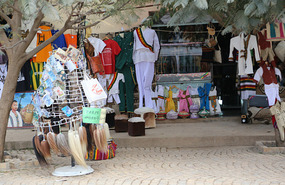
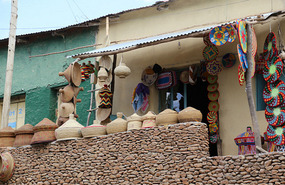
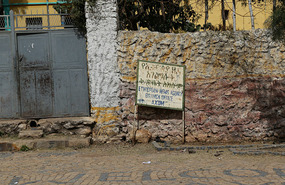
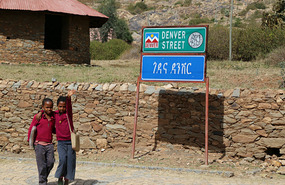
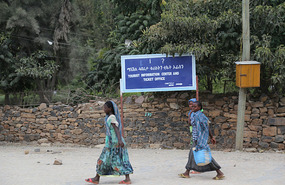
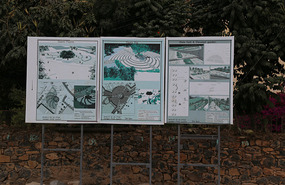
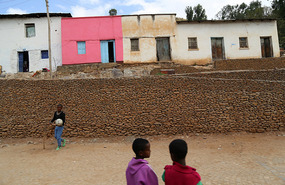
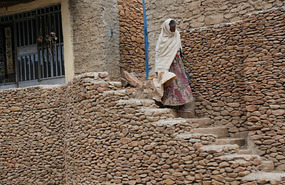
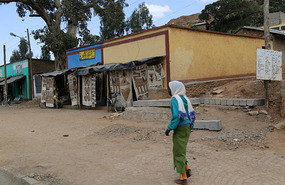
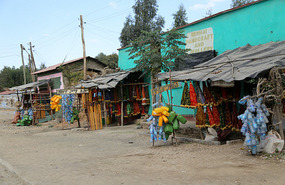
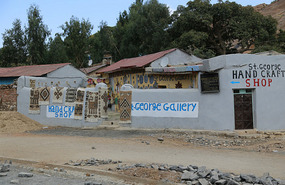

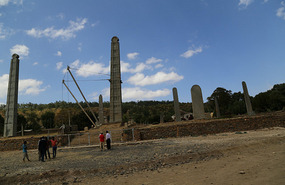


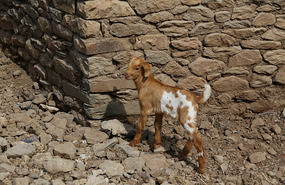





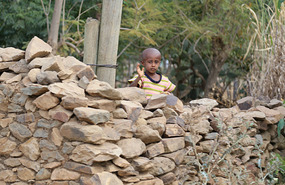



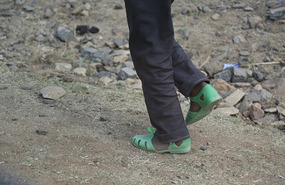
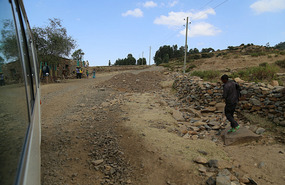
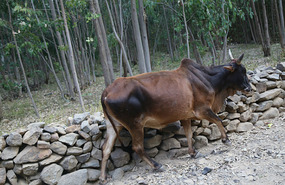
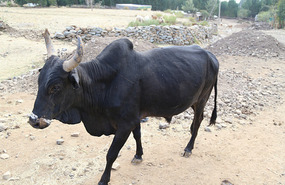


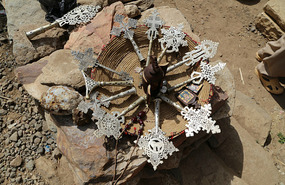
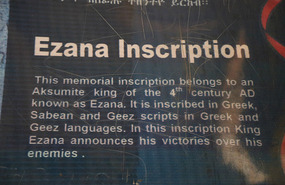
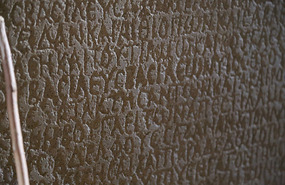

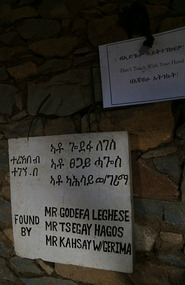
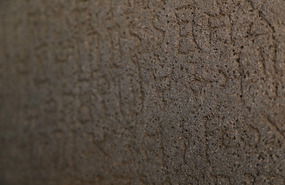
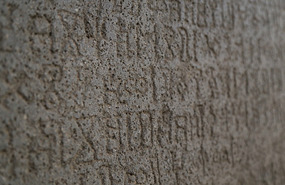
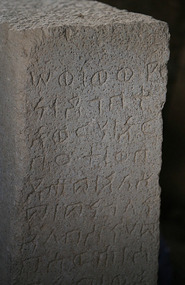
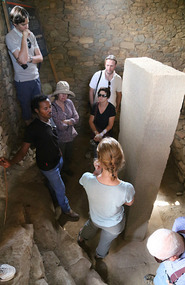
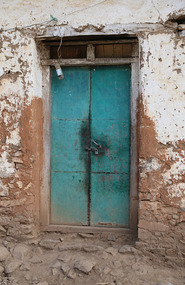




2025-05-23